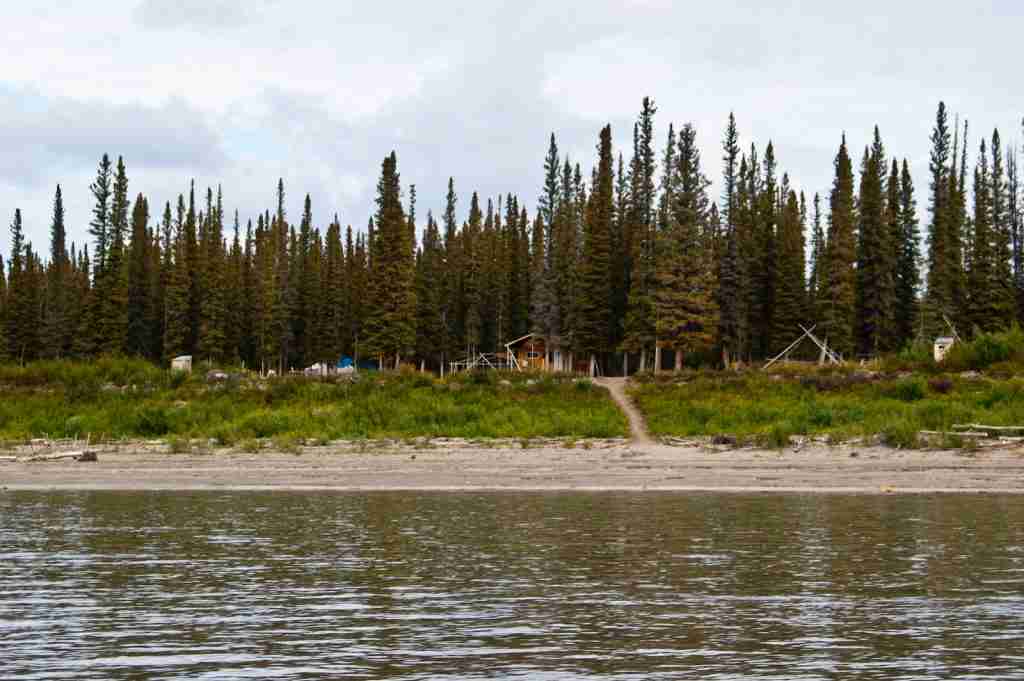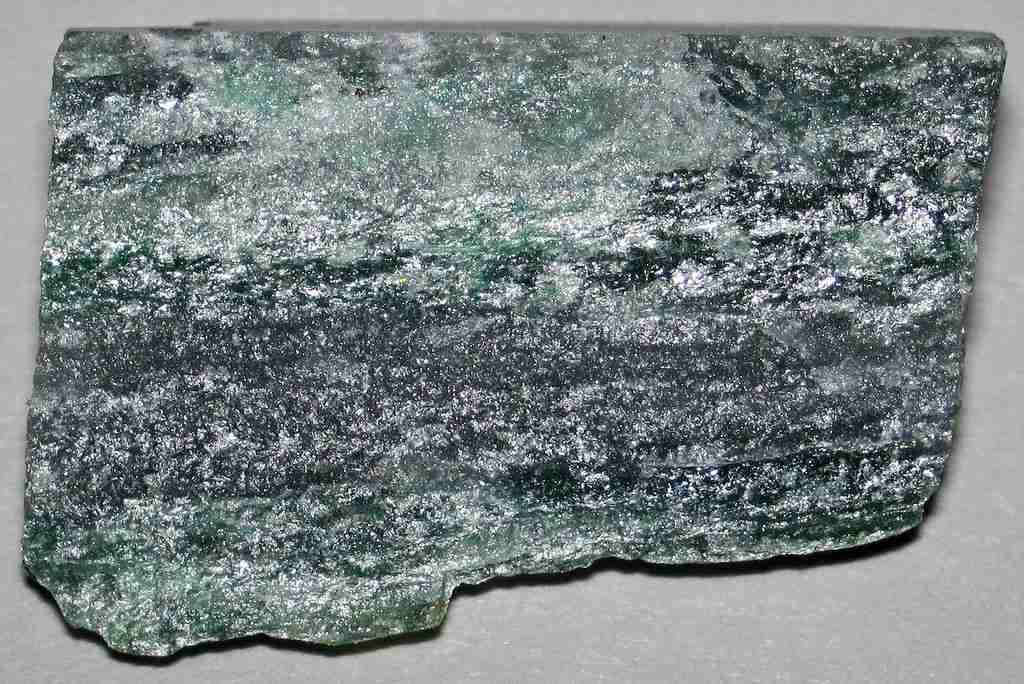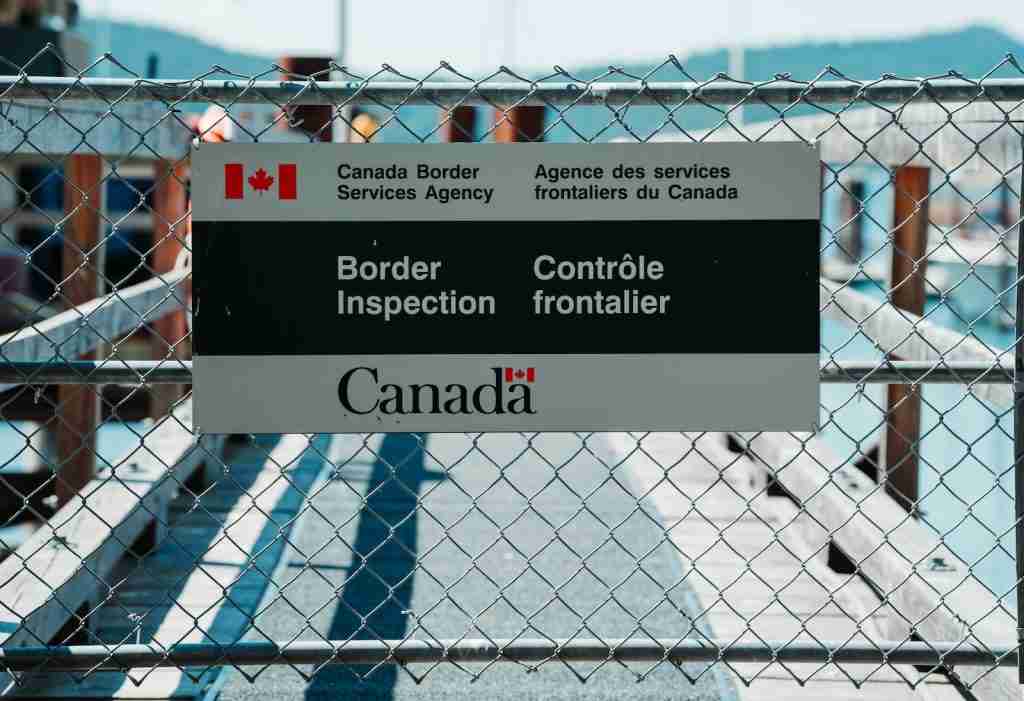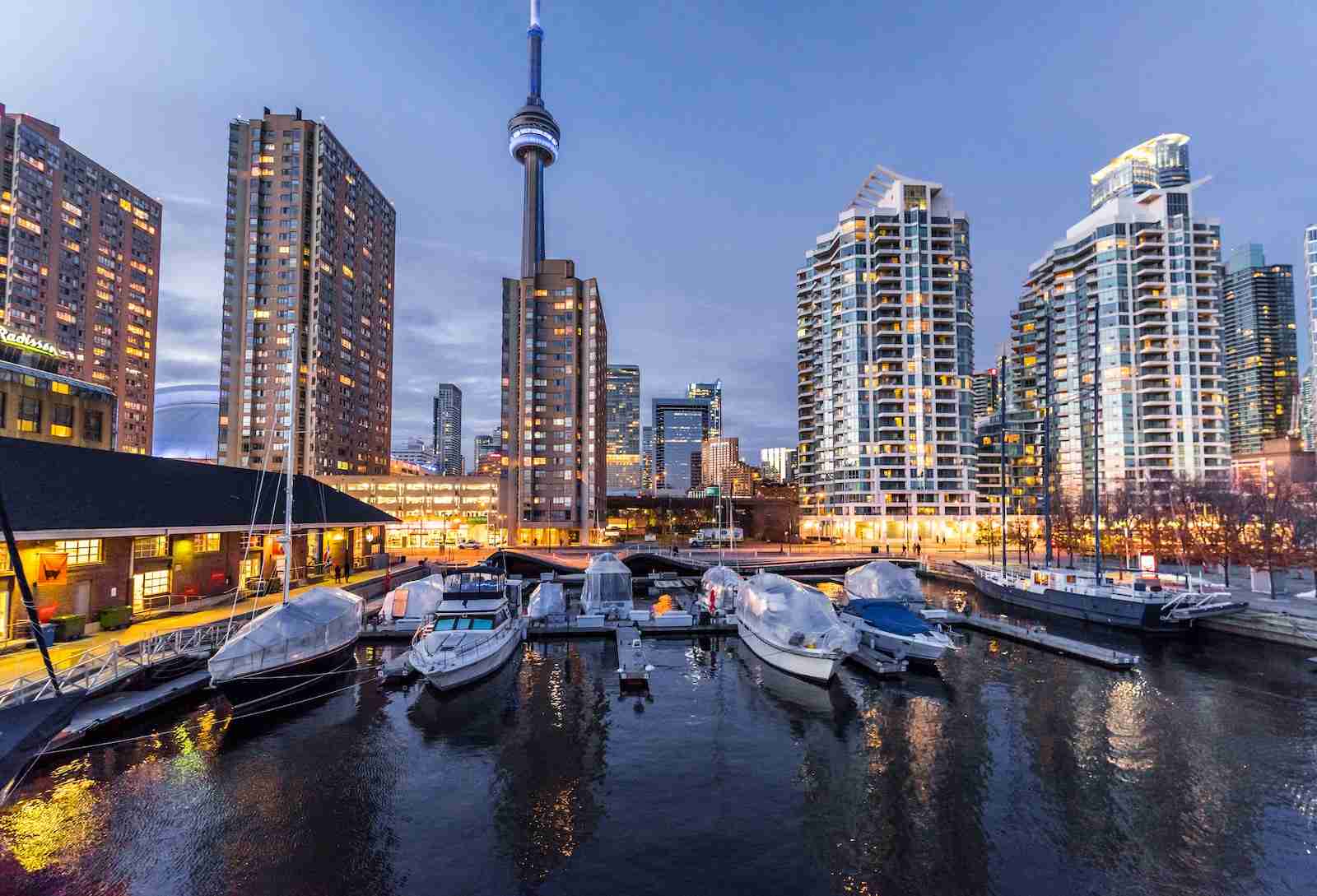25 Fun Facts About Canada | Snow-Capped Surprises
1. Canada, with the world’s longest coastline, showcases 202,080 km of spectacular shores.
Canada has the world’s longest coastline, measuring a mind-blowing 202,080 km. Imagine all the sandy beaches and rugged cliffs you could see.
From the cold Arctic edges to the beautiful Atlantic and Pacific sides, there’s so much natural beauty waiting to be explored.
2. Canada has been invaded by Americans on two occasions.
Here’s a fun history tidbit Canada was invaded by Americans twice. The first time? Back in 1775 during the American Revolutionary War.
And the second? During the War of 1812. Luckily, neither invasion resulted in lasting changes. But they sure add some spice to Canada’s historical timeline.
3. Canada has more lakes than the rest of the world’s lakes combined.
Canada has over 879,800 lakes. In fact, it has more lakes than all the other countries’ lakes put together. Think of all the fishing, canoeing, and lakeside picnics you could have.
4. Canada’s longest river is the Mackenzie River.

Flowing strong and long, Canada’s Mackenzie River is its lengthiest, stretching for an impressive 1,738 km.
It winds its way through vast landscapes, telling tales of Canada’s natural beauty and history as it goes.
5. Canada was colonized by the French and British.
Canada, with a rich history spanning thousands of years, first saw European colonization in the 16th century. John Cabot, an explorer, landed in Newfoundland around 1497, marking a significant moment in early European exploration.
Despite initial interests from Spain and Portugal, it was the French who established a strong colonial presence in the 1530s.
The English soon followed, setting up their own settlements. Over time, the rivalry between the French and British would shape Canada’s path to becoming a nation.
6. Canada’s lowest recorded temperature is −81.4°F.
Canada knows how to do cold. The lowest temperature ever recorded was a freezing −81.4°F. Where, you ask? That would be in Snag, Yukon. Makes you want to bundle up just thinking about it.
7. The CN Tower in Toronto was once the world’s tallest free-standing structure.
The CN Tower, completed on April 2, 1975, welcomed visitors for the first time on June 26, 1976.
Standing proud at 553 meters (1,815 feet), it wore the crown of the world’s tallest freestanding structure until 2009. That’s when Dubai’s Burj Khalifa took the title.
8. The oldest known rock in the world, which is 4.03 billion years old, was discovered in Canada.

The Acasta Gneiss, situated within Canada’s Northwest Territories on an island about 300 kilometers north of Yellowknife, holds the title of the world’s oldest known rock.
Formed 3.58 to 4.031 billion years ago, it stands as a remarkable example of intact crustal fragments on our planet.
This tonalite gneiss, residing in the Slave craton, bears witness to Earth’s ancient geological history.
9. One of the fun facts about Canada is that Canada’s national parks cover an area larger than many countries.
Canada’s national parks are huge. Combined, they cover more than 300,000 square kilometers. To put that in perspective, that’s larger than entire countries like Italy or Norway.
It’s like an endless adventure playground, full of wildlife and breathtaking scenery.
10. Canada has a UFO landing pad in St. Paul, Alberta.
In St. Paul, Alberta, Canada did something quite out of the ordinary they built a UFO landing pad.
Yep, you heard that right. Built in 1967, it’s a friendly message to extraterrestrials, saying, Hey, feel free to visit anytime.
11. “Eh” is often used as an informal question tag in Canada.
In Canada, you’ll often hear the word “Eh” tacked onto the end of sentences. It’s not just a stereotype it’s a genuine part of the conversational tone.
It turns statements into questions and invites the listener in. Like, Nice weather, eh? It’s Canadian friendliness in a single word.
12. One-fifth of the world’s freshwater resides in the Great Lakes.
Here’s a splashy fun fact about Canada for you, a whopping 20% (or one-fifth) of the world’s freshwater is nestled in the Great Lakes.
That’s Lake Superior, Michigan, Huron, Erie, and Ontario holding this vast amount. So, when you gaze at those lakes, remember, you’re looking at a fifth of Earth’s freshwater.
13. Canada, at 9.98 million km², is the second-largest country with 38 million people.
Size does matter when it comes to Canada. It’s the second-largest country in terms of land area, Stretching across a jaw-dropping 9.98 million square kilometers.
But here’s a twist with all that vastness, it only houses around 38 million people. So much space to roam and explore, eh?
14. Canada has an island inside a lake, which is itself inside another island.
Canada’s geography has some neat tricks up its sleeve. On Victoria Island, there’s a special spot. It’s a lake. And guess what’s inside that lake? An island called Vulcan Lake Island.
It feels like one of those mystery boxes, where inside, there’s another smaller box.
15. Canada has more doughnut shops per capita than any other country.
One of the fun facts about Canada is that Canada has a sweet secret it’s the king of doughnut shops. If you were to line up all the countries based on doughnut shops per capita, Canada would be at the top.
With about 32 doughnut shops for every 100,000 people, Canadians sure have a sweet tooth.
16. Canada’s border with the United States is the longest undefended border in the world.

Borders can be tricky, but not the one between Canada and the U.S. It’s peaceful and long, stretching for an impressive 8,891 km.
That makes it the world’s longest undefended border. It’s like an extended handshake between two friendly neighbors.
17. Canada consumes more Kraft Macaroni and Cheese than any other nation.
When it comes to comfort food, Canada has a clear favorite macaroni and cheese. Canadians can’t get enough of this cheesy delight.
In fact, they consume it more than any other country. It’s like the national dish of coziness and warmth.
18. Canada has a place called Dildo, located in Newfoundland and Labrador.
Ever heard of Dildo? It’s not just a quirky word it’s a town in Canada. Located in Newfoundland and Labrador, Dildo is a real place.
Visitors often smile at the sign, but once they’re there, they discover a lovely community with tons of heart.
19. Canada introduced the 911 emergency number in 1972.
The 911 number is synonymous with emergencies. But did you know Canada was ahead of the curve? They rolled out this vital emergency number in 1972.
It was a big step, ensuring that help was just a phone call away for anyone in need.
20. The Canadian Parliament has its cat to control pests.

The Canadian Parliament, nestled on Ottawa’s historic Parliament Hill, has its own cat population, a legacy from the early 1900s, specifically to manage pests.
These feline protectors have been a recognized and cared-for presence for decades.
21. Canada is the world’s largest producer of maple syrup.
Canada takes its maple syrup seriously. As the globe’s leading producer, it dominates the syrup scene. Across its vast maple tree-rich landscapes, the sap is collected diligently.
This results in a golden, sweet syrup that defines many a Canadian morning and dessert.
22. The Hawaiian pizza was invented in Canada.
Many would assume that the tropical-tasting Hawaiian pizza comes from sun-soaked Hawaii, but they’d be mistaken.
This delightful blend of sweet pineapple and savory ham has its roots in Canada. Specifically, it was dreamed up in an Ontario restaurant.
From there, its popularity soared, making it a favorite in pizzerias around the globe and shining a light on Canada’s unexpected culinary contributions.
23. Canada has no weapons of mass destruction.
Amidst a world that sometimes teeters on the brink, Canada remains an emblem of calm and peace. The nation holds a steadfast belief against weapons of mass destruction.
Not only does Canada steer clear of possessing such armaments, but it also plays an active role in international forums, urging other nations to disarm.
24. It’s illegal to lock your car doors in Churchill, Manitoba Canada.

In the unique town of Churchill, Manitoba, locking your car doors isn’t just discouraged, it’s illegal.
And the reason is quite fascinating to provide a quick escape for anyone who might come across a polar bear.
It’s an innovative way to ensure both human and bear safety in this polar bear-rich region.
25. The world’s longest covered bridge is in Hartland, New Brunswick.
When you visit Hartland, New Brunswick, you’re in for a treat. The town is home to the world’s longest covered bridge, stretching an impressive 1,282 feet (390 meters) across the Saint John River.
A testament to Canadian architecture and ingenuity, it’s both a functional roadway and a symbol of local pride, which is one of the fun facts about Canada.
FAQs
Ontario is frequently highlighted for its cleanliness, safety, and plethora of job opportunities. With over half of Canada’s expats favoring it, many consider Ontario the prime choice for living in Canada. However, the definition of best can vary based on individual preferences and needs.
Canada’s forest fires are a complex phenomenon influenced by various factors. The country’s vast wilderness areas, combined with hot and dry weather conditions, can create an environment conducive to wildfires. Human activities such as unattended campfires, discarded cigarettes, or power lines may ignite fires. Additionally, climate change is believed to be exacerbating the situation by creating hotter, drier conditions.
Canada has a low population primarily due to its vast and often inhospitable landscapes. A significant portion of the country is covered by tundra, mountains, and dense forests, which are unsuitable for large-scale human habitation. The harsh northern climate with its cold temperatures also limits settlement. Historically, immigration policies and geographical barriers also played roles in its sparse population density.
Canada was founded on July 1, 1867, when the British North America Act (now known as the Constitution Act, of 1867) came into effect. This act united three British colonies Ontario, Quebec, and the provinces of Nova Scotia and New Brunswick into a single dominion called Canada within the British Empire. This date is now celebrated annually as Canada Day.
Canada is situated in the northern part of North America, directly north of the United States. Bordered by the Atlantic Ocean to the east and the Pacific Ocean to the west, it encompasses vast terrains with varying altitudes, from sea level to Mount Logan’s peak at 5,959 meters, the nation’s highest point.







